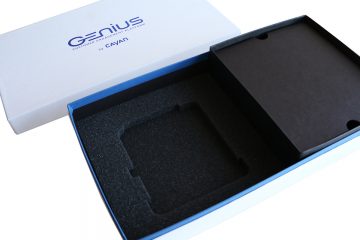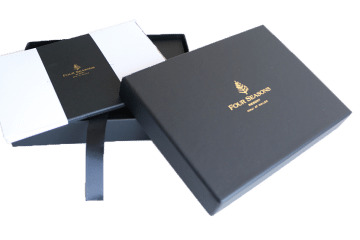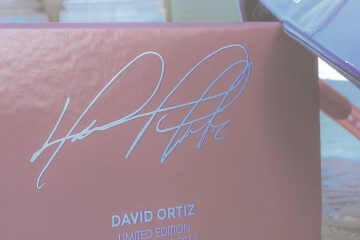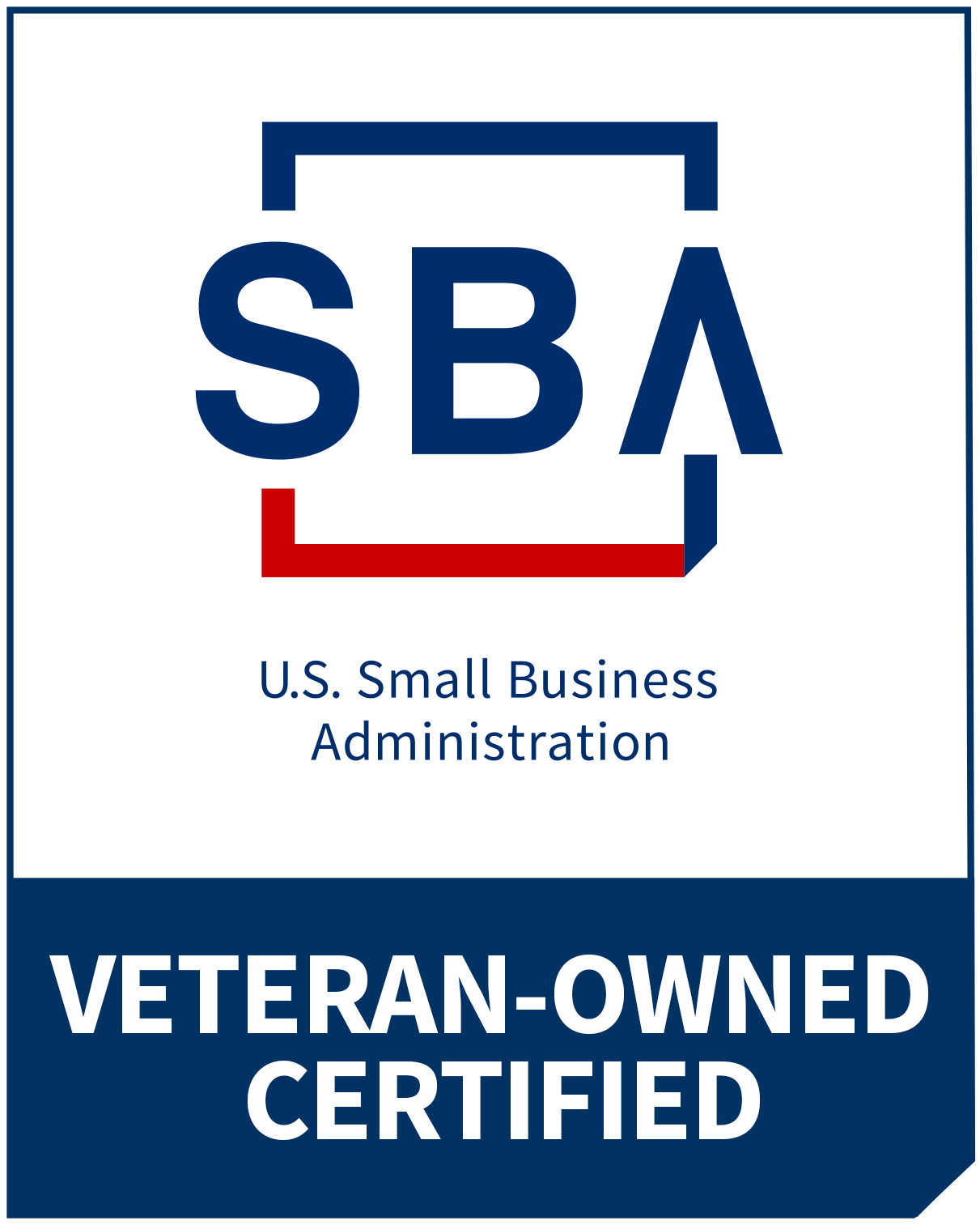Helpful Information Resources
Welcome to the Friend Box Resource Center! Here, you will find a wealth of information that will help enhance your understanding of our packaging products, our ordering process, and much more. Explore the information listed below to learn more about our company and our products, and feel free to contact us if your question isn’t answered on this page.
Box Styles
& Options
Friend Box is proud to offer a full range of standard and specialty boxes, cases, and much more. In this section, you will find visual depictions of some of our most popular boxes.
Custom Ordering Process
When ordering a custom product from Friend Box, the process begins with the customer inquiry. We formulate the product’s specifications with the customer and then provide a price quote. After the project is quoted, the process is dependent on whether or not graphics are involved.
No Graphics
- Sample, if required (fee may be applicable)
- Sample approval
- Purchase order
- Credit application
- Production
Graphics
- Purchase order
- Credit application
- Graphic layout
- Art submitted
- Art proof
- Sample (fee may be applicable)
- Sample approval
- Production
All project lead times will vary based on a variety of factors. Our average lead time is between three and four weeks. Our team is pleased to do everything possible to accommodate your schedule, when possible
Frequently Asked Questions
-
How do I determine the size box I need?
If you already have a rigid box that you want us to recreate, we will need the inside dimensions of the base (length, width, and depth) and the depth of the cover you have, if any.
If you are starting from scratch and need custom packaging, we need the overall dimensions of the item(s) you are going to package, and we, with your input, will design a package that gives you the performance and appearance you desire.
-
How do I determine what board thickness I need for my product?
Take into consideration the weight and fragility of your product and whether or not you will be using an interior insert or protective packaging inside the box. The most common caliper (thickness) of board is .040 point. If you have a heavy-weight product, .060 or .080 point board would be a better choice. If you are unsure, we can make a recommendation and furnish samples of different board thicknesses we have available.
-
Can I supply the box wrap for my project? Are there any material restrictions?
Friend Box uses many different materials for box wrap, some of which are text-weight papers, cloth, and imitation leather and suede. The materials can not have any coating on the back of the sheet, so that it will adhere properly and smoothly to the chipboard. We will provide you with the sheet sizes and quantity needed. If we are unfamiliar with the material you would like to use, we will require a small amount for a test run. If a printed wrap has film lamination on it, we require nylon lay-flat film lam.
-
What types of files are required for my artwork?
The files should be in Adobe Illustrator (.ai) or PDF (.pdf) format, and to your desired size. Files for stamping dies must be in black outline, not in color. Multicolor stamping dies must have an art file for each separate color. Friend Box can supply a template on which you or your artist can place your art, if needed.
-
What's your return policy?
- All returns or claims must be made within 30 days from receipt of order.
- All returns are subject to inspection and Friend Box Company approval.
- All returns on stock items are subject to a $50.00 restocking fee and must be shipped prepaid freight.
-
What's your payment policy?
- Credit Cards: We accept VISA, American Express, and MasterCard.
- House Account: To open an account, you must fill out a credit application and provide us with 3 credit references and one bank reference along with a copy of your tax exempt certificate, if applicable. Friend Box Company terms are 1% 10, net 30.
- COD & Checks in Advance: Contact a sales representative for shipping and freight charges, item cost, and sales tax, if applicable, at 1-978-774-0240.
- Industry Standards on Orders: On all orders, we reserve the right to ship and bill in excess of 10% over or under quantity ordered.
Packaging Terms Glossary
-
Base
The bottom piece of the package that typically contains items
-
Blank
A chipboard piece that has been cut to size, scored, and corners removed so the piece will form a component when folded.
-
Bleed
An area of ink or color that extends past the perimeter of the area to be printed.
-
C1S/C2S
Terms that refer to mill-coated paper. C1S (coated 1-side) indicates the paper is coated on one side only, C2S (coated 2-sides) is coated on both sides.
-
Chipboard
The basic structural material from which the package is constructed. It is primarily comprised of recycled fibers and can be specified in a wide array of calipers, finishes, and several standard dyed colors.
-
Coating(s)
Protective finishes applied to paper. Some paper is manufactured at the mill already coated on one or both sides, providing a smooth, finished appearance. There are additional coatings which can be applied over printed sheets to provide further protection of the surface. They are:
- Film lamination is a separate sheet of material, usually nylon, polyester, or acrylic, applied to the sheet. This coating provides the best protection for the printing, is available in a variety of finishes, is extremely durable, and is applied to the entire sheet.
- UV (ultraviolet) coating is applied to the sheet in liquid form and cured under UV light. It shares many of the appearance attributes of film lamination but is not as durable. It is also available in a variety of finishes and can be applied to specific areas of the sheet, referred to as “spot UV.”
- Aqueous coating is a water-based coating, applied to the sheet in liquid, form that provides a very smooth finish and good protection for the printing. It is available in a variety of finishes and is applied to the entire sheet.
- Varnish is a petroleum-based coating applied to the sheet in liquid form that provides a smooth finish and generally adequate protection for the printing. It is available in a variety of finishes and can be applied to specific areas of the sheet, referred to as “spot varnish.”
We will assist you in selecting and specifying the best paper(s) and/or coating to achieve your desired appearance as well as protection for your packaging.
-
Combination Stamp
A hot stamp that applies color and raises (embosses) the colored area simultaneously.
-
Debossing
Depressing the surface or a portion of the surface of paper. A process similar to embossing but where the design is impressed into the surface of the sheet or component.
-
Die Line (Layout)
Terms that refer to a mechanical drawing of a wrap or component showing all events, such as folds, creases cuts, perforations, and bleed(s).
-
Embossing
Raising the surface, or a portion of the surface, of paper. Embossing can be applied to the entire sheet in a variety of patterns. For example, in simulated textile, leather, and wood grain patterns. Embossing can also be applied to the sheet in specific designs, such as a logo or text, without the use of pigments. This is referred to as “blind embossing.”
-
Flange
The portion of a blank that forms the sides or ends of the component, giving it depth when folded upright. It is also referred to as the “rim.”
-
Flap
Any portion of a construction that hinges to an adjacent component, such as a flap lid, which is a flat piece of board, wrapped and hinged to a base.
-
Flat Stamp
A hot stamp that applies only color to the surface of the paper.
-
Flush Fit
A term that refers to a base and cover having the same length and width, creating smooth sides where the cover rim does not extend past the outside perimeter of the base.
-
Hinge
A component that attaches two pieces of the package together but allows movement of one or both pieces along its axis. For example, a lid may be hinged to a base. Hinges are constructed in a variety of methods, or they can be a separate component.
-
Hot Stamp
A process by which metallic or colored foil is transferred to the surface of paper by a heated die or plate.
-
Insert
Any component placed or adhered into a construction that prevents movement and/or provides separation of the packaged piece(s). Inserts can be formed from soft or rigid foam, chipboard, or plastic.
-
Lid (Cover)
The top piece of the package that covers the items and/or the base.
-
Loose Wrap
A process in which only the edges of the wrap are adhered to the base and/or cover, creating envelope folds at the corners. Loose wrapping most closely approximates a hand wrapped appearance, such as in gift wrapping.
-
Neck
A tray which fits into a base and extends past the upper rim to provide an alignment surface for a flush-fit lid.
-
Platform
A chipboard piece that elevates the item(s) within the base. Platforms may be die cut to prevent movement of items.
-
Proof
Any method of testing and verifying artwork prior to production of plates, dies, and tooling.
-
PVC (Polyvinyl Chloride)
A plastic material used to create see-through lids. PVC is available in a variety of colors and thicknesses.
-
Score
A groove cut into, but not all the way through, chipboard, along which the board is folded.
-
Set-Up Box (Rigid Box)
A box that is manufactured and shipped in its final configuration, ready for use, without further unfolding or assembly by the end user.
-
Slip Case
An open-ended case into which book(s) or other printed materials are inserted.
-
Spine
The back of a bound book, or the narrow back of a slipcase.
-
Stay (Stay Tape)
A reinforcing tape applied to the corners of a component.
-
Telescope
A term that refers to a lid that fits over a base or “telescopes.” A full telescope box is one in which the base and cover depth are the same.
-
Tight Wrap
A process in which the entire surface of a wrap is coated with glue and adhered to the base and/or cover.
-
Tray
A base with no lid.
-
Wrap (Label)
A sheet of material used to overwrap the chipboard base and/or cover, such as paper or fabric.
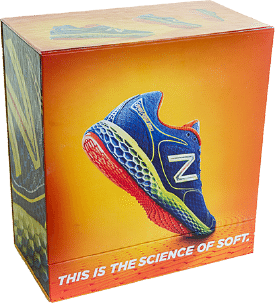
Our capabilities are endless To Create Your Perfect Package
No matter what type of product you need to package, Friend Box is here to listen to you, understand your needs and your market, and then provide the ideal packaging solution. Click below to view our gallery and learn more about our complete capabilities.
View The Gallery